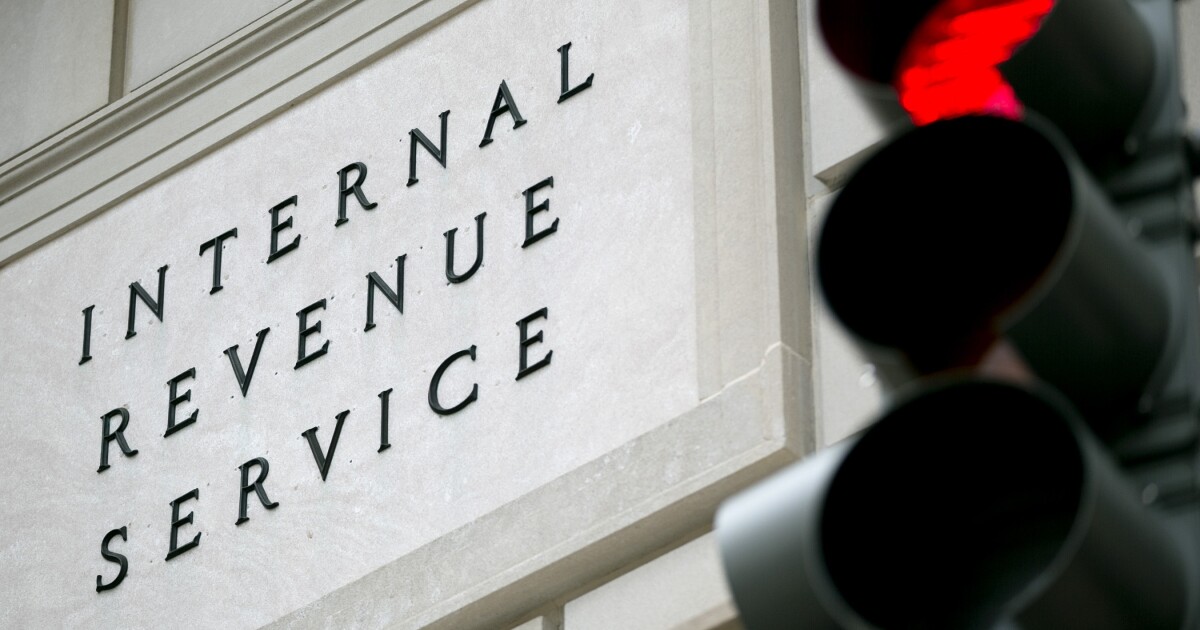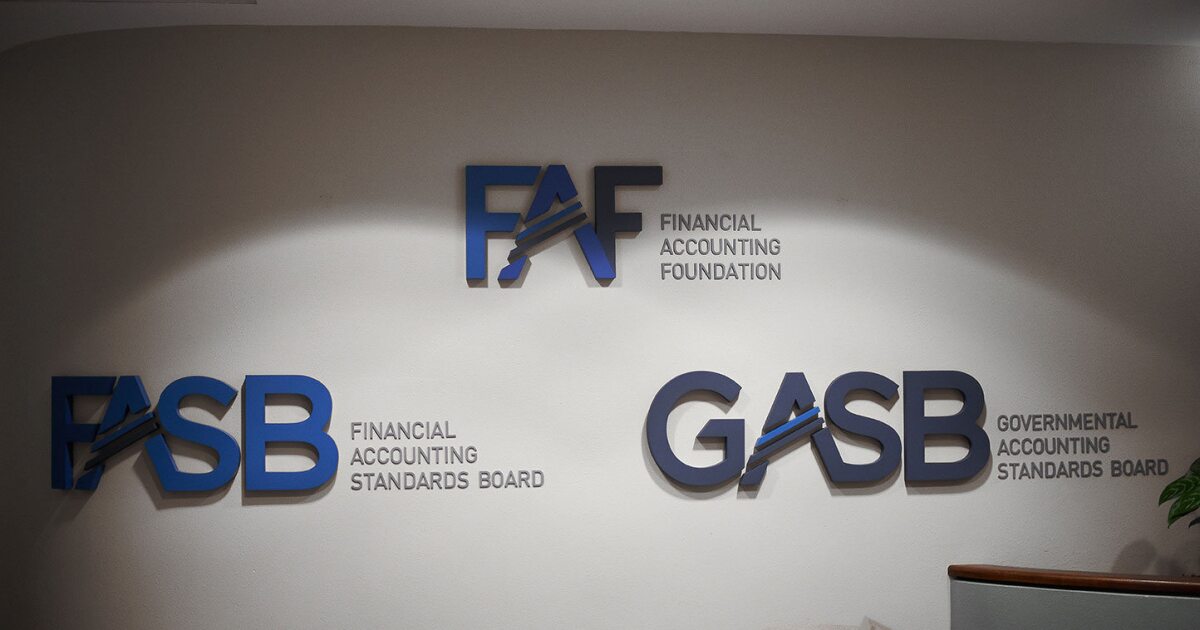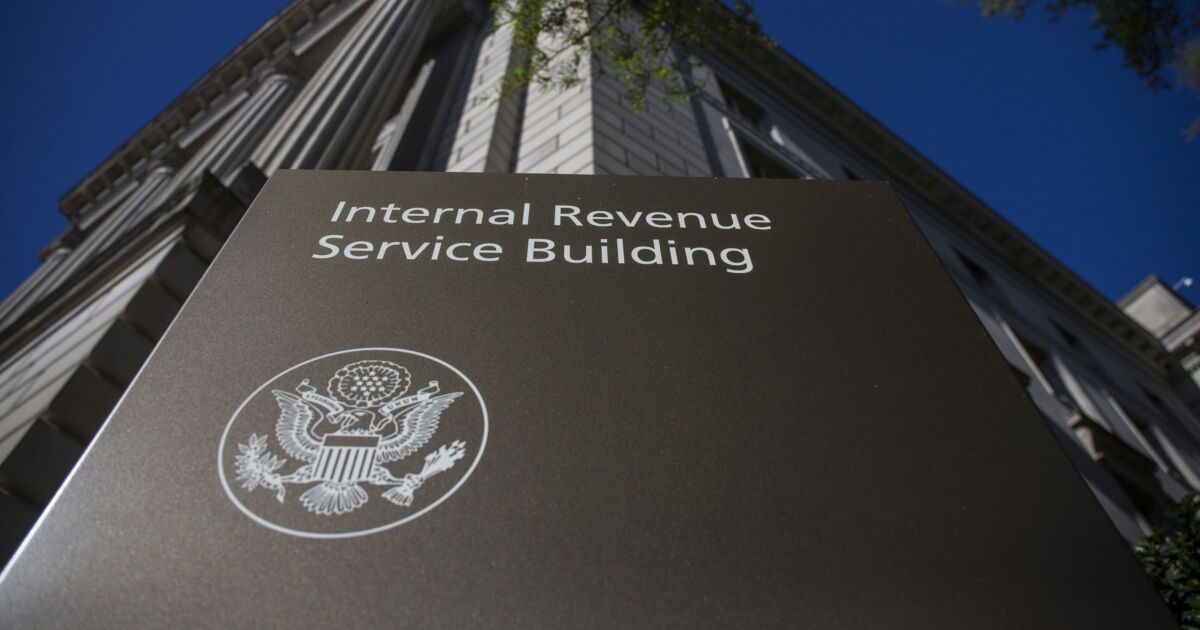When the Internal Revenue Service announced a moratorium on processing the Employee Retention Credit, many observers assumed that the deluge of ads for the credit would wind down — but such was not the case. Third-party facilitators of the credit are still advertising heavily for hapless business owners who may have neglected to file for the big payout of a successful filing for the credit.
A huge percentage of those eligible for the credit have already claimed it, according to Devin Tenney, senior manager at the Washington National Tax Office at Top 10 Firm Baker Tilly.
“The majority of new claimants are probably ineligible or do not have strong positions for eligibility,” he said. “But that’s not to say that there are not still eligible taxpayers out there. There are, and the moratorium has complicated it for them. But it has been a necessary move by the IRS to institute the moratorium, and then a month later to introduce the withdrawal program.”
As part of its ongoing effort to protect small businesses and organizations from scams, the IRS announced the details of the withdrawal process to help those who filed for the credit and are concerned about the accuracy of the filing.
The program is necessary because there is a huge backlog of ERC claims at the IRS, according to Tenney.

“It numbers in the hundreds of thousands, and the IRS believes that the overwhelming majority of the new claims are improper — that they are not entitled to the credit,” he said. “The program has a limited scope as the only taxpayers that can use the program are those that have a claim with the IRS that is currently being processed or those that may have received a check from the IRS but have yet to cash or deposit that check. I believe this is only one of many steps they will take. This is intended to help pare down the number of existing open claims that the IRS has to deal with. So basically it’s giving taxpayers a way out of any improper claims they filed, and it is helping the IRS to minimize the work that they have to do as they’re clearly overwhelmed.”
“Many practitioners and taxpayers are tired of hearing and talking about the ERC,” he said. “But we need to stay diligent and continue to help out our clients and taxpayers so that they really understand.”
The usual suspects
Among those likely to have filed improper claims are venture capital-backed startups, according to Healy Jones, vice president of financial strategy at Kruze Consulting.
“We specialize in venture capital-backed startups,” he said. “Most of them are small businesses, but they have professional funding and are a little more sophisticated on the advice they get than many small businesses.”
“We started to notice last year that a lot were asking about the ERC, and forwarding marketing material from third-party tax advisors. We realized that most were not eligible. Over 20% of clients that inquired about the ERC were ineligible, and 5% required a lot of convincing as to why they were not eligible. We had to literally talk them off the ledge. My hunch is that probably 5% who don’t work with us have incorrectly filed for the ERC. And I’m worried about all the other companies out there and small businesses that do not have sophisticated tax advice. When the IRS asks for the money back, how will they pay it?”
A lot of money went out the door that shouldn’t have, according to Jones.
“We are advising venture firms, suggesting to them that if they have large portfolios, to ask every founder if any have taken the ERC, and determine how much they received, and who prepared the tax work. We’re suggesting that CPAs reach out to their clients and ask if they did this, so they can get ahead of the curve when the IRS comes out with more guidance.”
“I’m willing to bet that some reporter will file a FOIA request for a list of all the companies that received ERC funds, and cross-reference it against a database of VC startups and find out which venture capital investors took a lot of government money.”




